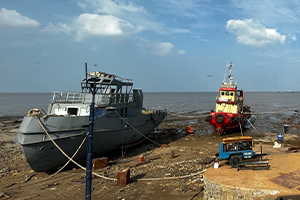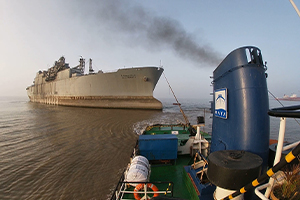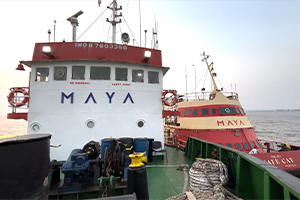
What is shipbuilding?
The shipbuilding industry engages in the construction of ships and other floating vessels, typically carried out at shipyards. With roots stretching back thousands of years and found globally, shipbuilding encompasses both commercial and military sectors, falling under the domain of naval engineering.
Ship repairs, a crucial aspect, require supervision from a classification society and can occur either at sea or in port, with more extensive operations conducted at ship repair yards or dry docks.
Traditionally, ship design, or naval architecture, was executed by loftsmen who translated design plans into templates and cutting sketches. However, modern ship design and lofting processes now rely on computer-aided design (CAD) technology.
Contemporary shipbuilding methods often involve prefabricated sections, where portions of the hull or superstructure are constructed elsewhere and then assembled at the building dock, a technique known as block construction.
Since approximately 1940, welded steel has been the primary material for ship construction, despite earlier instances of catastrophic failures in some vessels. Constance Tipper of Cambridge University famously investigated these failures and determined that they were not caused by welds but rather by low-temperature embrittlement of the steel itself.

What is towing services?
Towage is a vital aspect of maritime operations, involving the towing or pulling of vessels by specialized boats known as tugboats or tugs. This service plays a critical role in various maritime activities, providing assistance to ships in maneuvering, salvage operations, offshore activities, and ship assistance tasks.
In ports and harbors, towage services are indispensable for guiding ships safely to berths or docks. Tugboats assist large vessels in navigating through narrow channels, congested waterways, and confined spaces.
During emergencies such as grounding, collision, or engine failure, tugboats are deployed for salvage operations. Tugs tow disabled or damaged vessels away from hazards, shallow waters, or rocky shores to prevent further damage or environmental pollution.
Tugboats play a crucial role in supporting offshore activities, particularly in the oil and gas industry. They tow drilling rigs, platforms, supply vessels, and other equipment to offshore locations.
Tugboats provide essential assistance to ships during various maritime operations. They aid vessels in berthing and unberthing procedures, helping them navigate safely through harbors or alongside terminals.

What is bunkering?
The word “Bunker” is used extensively in defense forces and is used to define an area to store and safeguard personnel and supplies (such as fuel, ammunition, food, etc.). It was derived from the Scottish word “Bunk” which means a reserved seat or bench.
In the shipping industry, the word bunker is used for fuel and lube oils, which are stored on a ship and used for machinery operation only.
When the ship receives any kind of oil for using it in its machinery, it is called bunker fuel or bunker oil. The following are different types of bunkers that are supplied to a commercial or passenger vessel:
- Heavy fuel oil bunker - Diesel oil bunker - Marine gas oil bunker - Lube oil bunker - LNG fuel bunker
The bunkering procedure on a ship can be divided into three important stages:
1. Preparation – Preparing for the bunkering operation, which will involve the readiness of bunkering equipment, storage tanks, and bunkering safety 2. Perform – Performing the bunkering operation in real-time as per the pre-decided procedure and receiving the marine fuel according to the bunker plan 3. Wrap-up – Wrapping up the bunkering operation with utmost safety and ensuring the correct amount and quality of bunker fuel have been received onboard from the bunkering facilities (bunker ship, shore truck, etc.)
